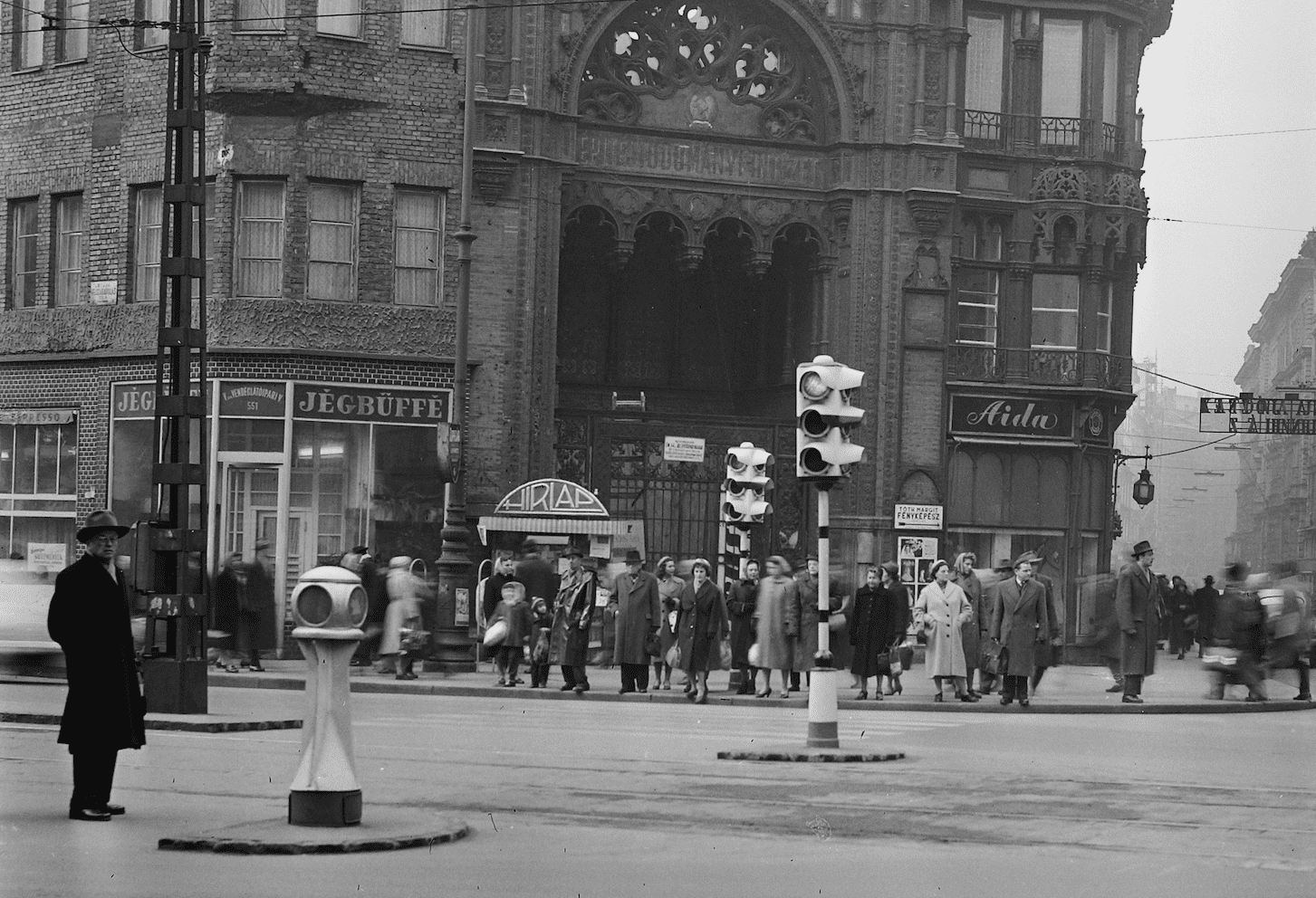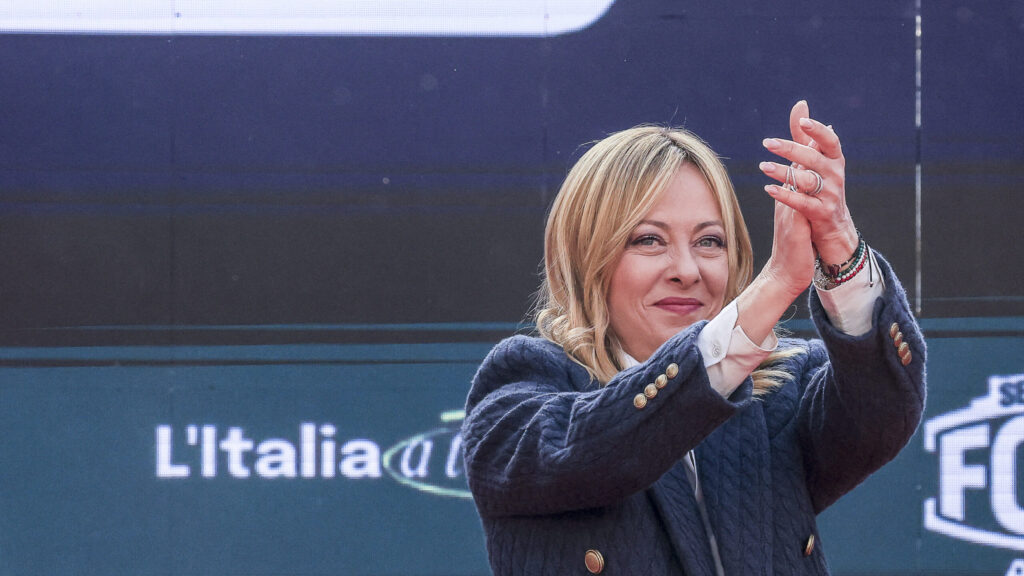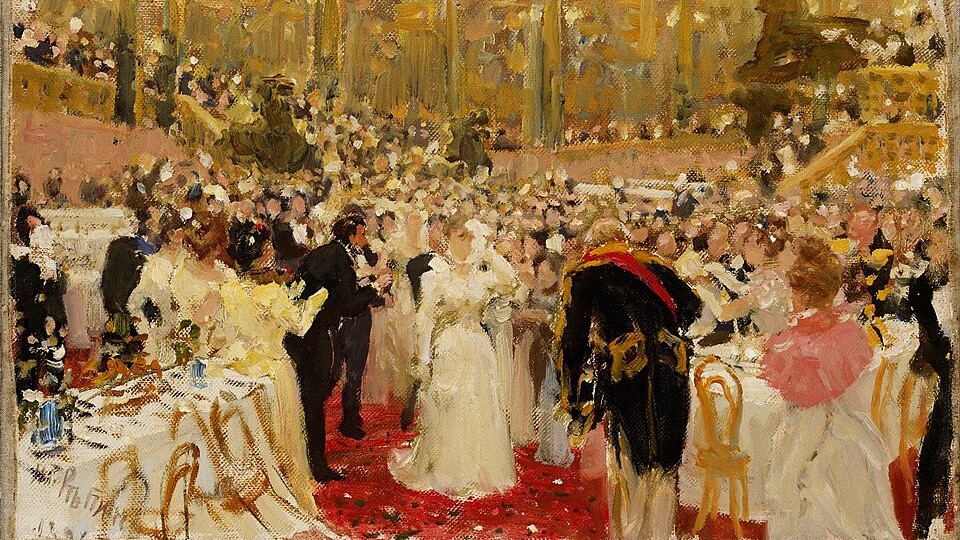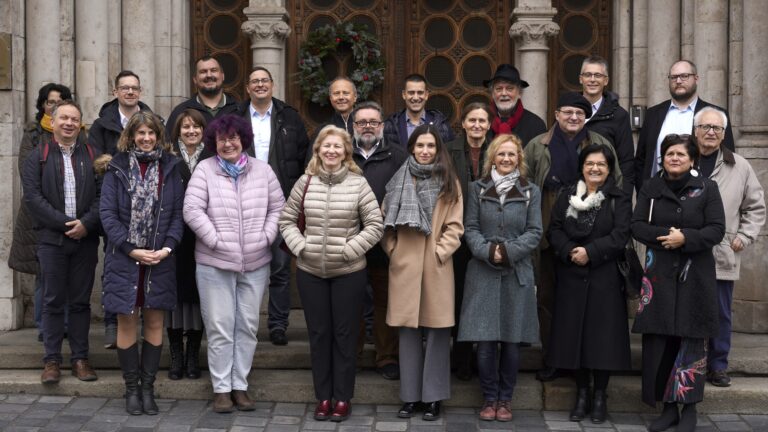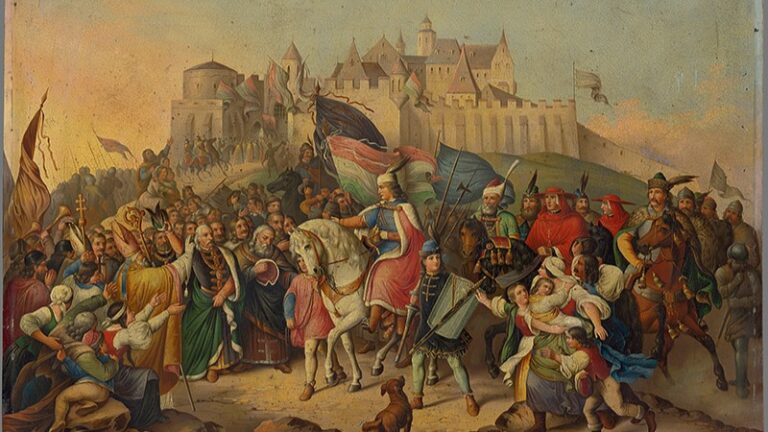On the corner of the square known as Felszabadulás tér in socialist times, rebaptised Ferenciek tere (Square of the Franciscans) after the system change, once stood one of Budapest’s favourite cake shops, ‘Jégbüfé’ (Ice Buffet), which won the hearts of Budapest residents with its artisan ice creams, parfaits, deli platters and, of course, the most delicious pastries.
After its opening in 1952, Jégbüfé became one of the most visited confectioneries in Budapest. It operated on the ground floor of the former Downtown Savings Bank in Párisi Udvar (the wonderfully restored Párisi Passage), until 2015. Jégbüfé was a popular spot for meetings and rendezvous for the inhabitants of the city.
Jégbüfé’s name came from its main products, the artisan ice creams and parfaits, which were sold all year round. In addition, deli platters and ice cream cakes, which were considered a specialty at the time, made the outlet even more attractive.
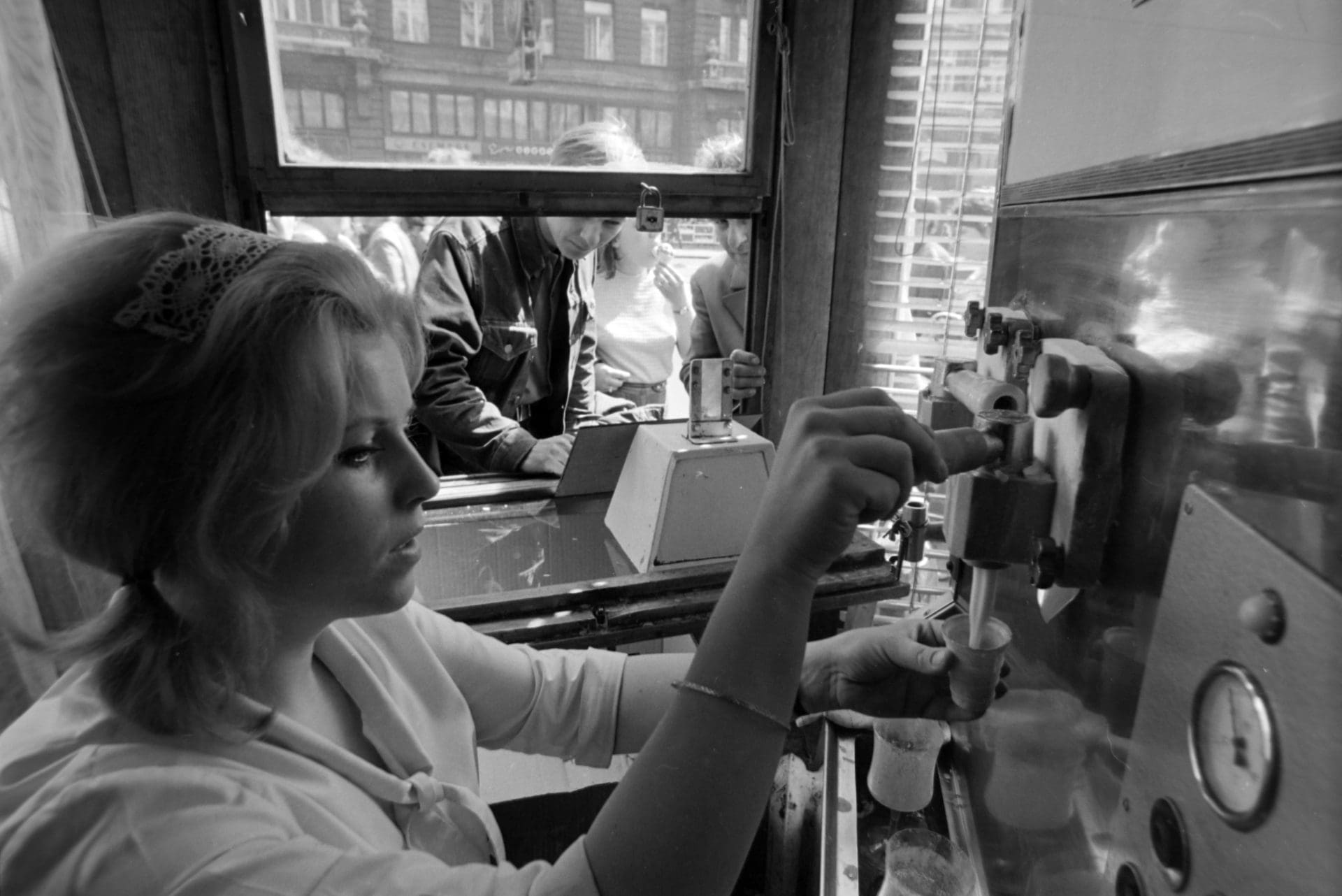
Jégbüfé acquired worldwide fame by taking part in the 1958 Brussels World’s Fair, where the famous ‘Somlói galuska’ and the ‘Budapest cake’ were also presented.
Despite the early fame, the cake shop did not just sit on its laurels—it kept participating in further competitions and won most of them.
These types of successes were highly valued even in the 60s, but instead of raising its prices, Jégbüfé continued to serve its patron with the usual high quality merchandise at the same prices.
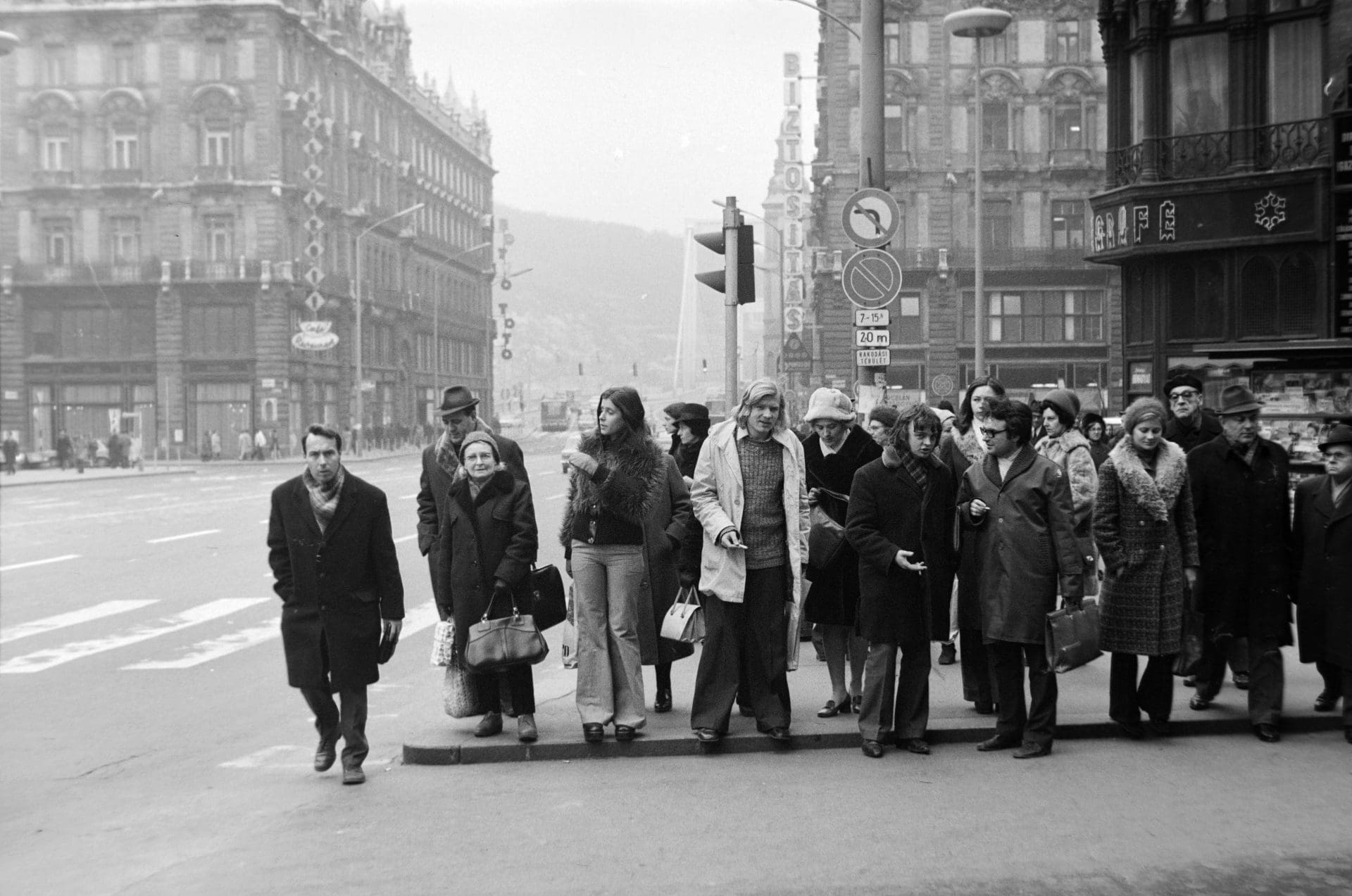
A permanent characteristic of Jégbüfé was traditionalism. Even before closing, it tried to keep the atmosphere of the old days, both in its appearance and its tastes—and this charm was fascinating for all Budapesters.
Bar tables were located along the picture windows, so while enjoying a Napoleon or a Dobosh torte people could watch the comings and goings of the buzzing city, which evoked a ‘real Western world’ atmosphere.
Not only the design and the types of desserts on sale, but even submitting orders had a retro feel. Customers were not served at the counter, as today. First, they had to pay for their order at the cash desks located by the entrance, and then go to the counter, where they received their pastry after presenting the receipt.
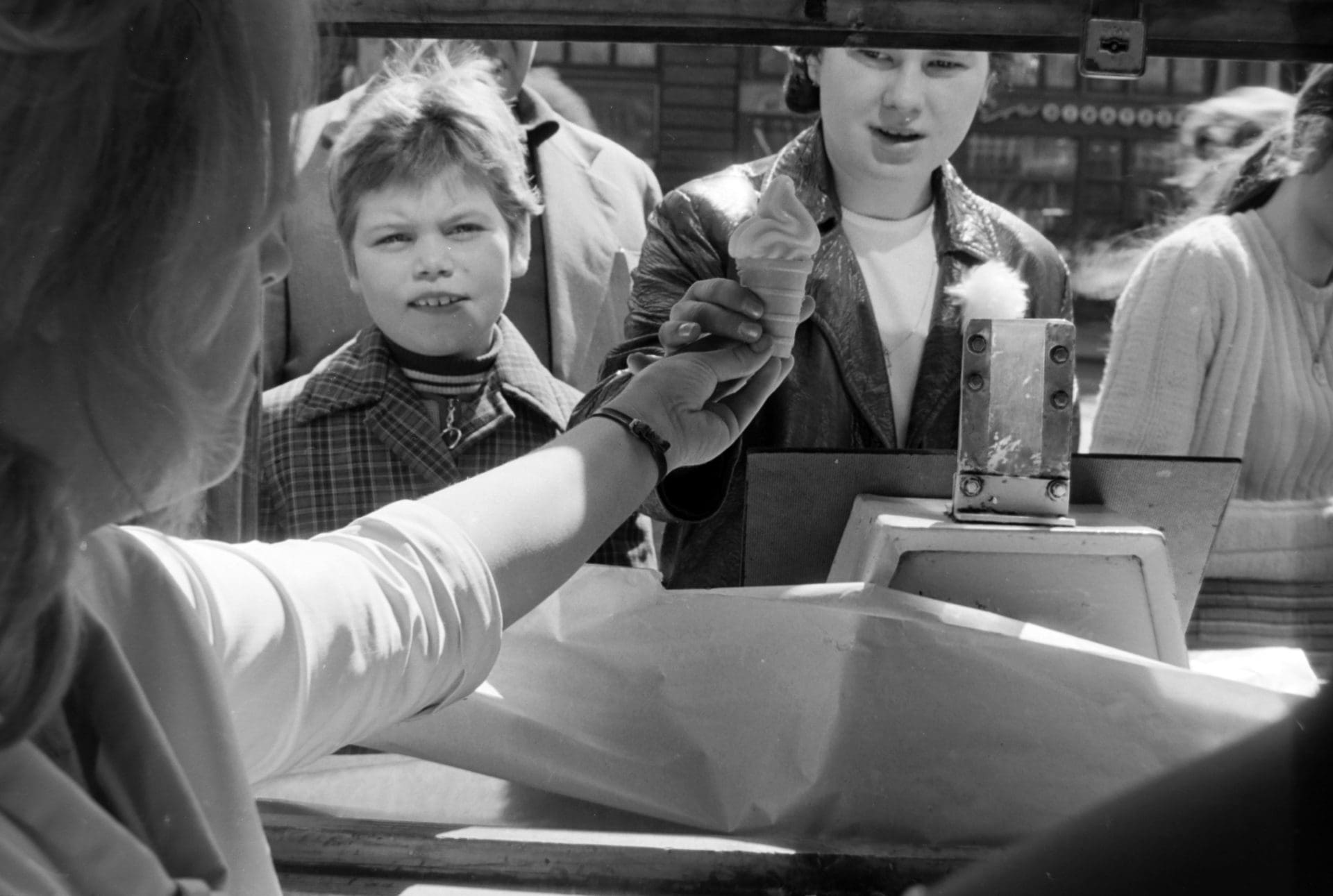
Due to the change of ownership of Párisi Udvar in 2014, Jégbüfé closed its doors on 29 August 2015. During the renovation of the Passage, works, there was probably no one who did not root for Jégbüfé to be reopened in the same place, albeit with a new look, on the ground floor of Párisi Udvar.
Finally, leaving its old location, the cake shop reopened a few feet away, on the corner of Petőfi Sándor Street, with a modern appearance, but preserving its old traditions.
Click here to read the original article
Related Articles:

